Home>diy>Building & Construction>How To Get A City Permit For Construction
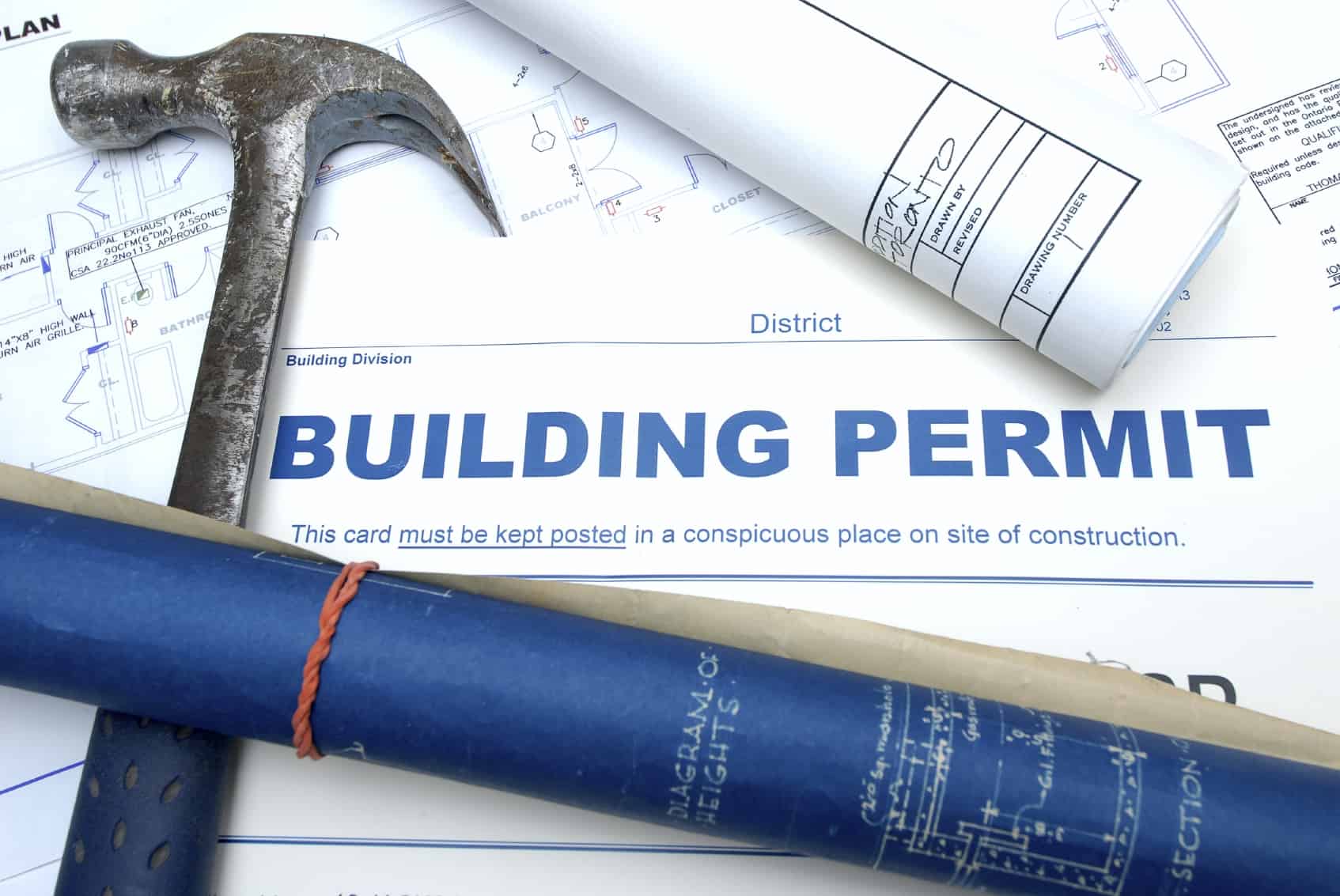

Building & Construction
How To Get A City Permit For Construction
Modified: October 18, 2024
Learn how to obtain a city permit for building construction. Get expert guidance and advice for a smooth permit process.
(Many of the links in this article redirect to a specific reviewed product. Your purchase of these products through affiliate links helps to generate commission for Storables.com, at no extra cost. Learn more)
Introduction
Welcome to the world of construction! Whether you’re planning to build your dream home, start a new commercial venture, or embark on a renovation project, obtaining the necessary permits is a crucial step in ensuring a smooth and legal construction process. City permits are designed to regulate and monitor construction activities to ensure compliance with building codes, safety standards, and environmental regulations.
While the permit application process may seem daunting at first, understanding the steps involved can help you navigate through it with ease. In this article, we will guide you through the process of obtaining a city permit for construction, ensuring that you have all the information you need to get started on your project.
It is important to note that the specifics of the permit application process may vary from city to city. Therefore, it is essential to consult your local municipal office or building department for detailed instructions that pertain to your specific location. However, the following steps provide a general overview of the process that applies to most cities.
Key Takeaways:
- Navigating the city permit application process involves determining the required permits, gathering essential documents, and submitting a thorough application. Communication and compliance are crucial for a successful construction project.
- Obtaining a city permit is just the beginning of the construction journey. Adhering to permit conditions, prioritizing safety, and maintaining open communication with the permit office are essential for a smooth and successful construction process.
Read more: How To Get Construction Permit
Step 1: Determine the Type of Permit Required
Before you can start the process of obtaining a city permit for construction, you need to determine the specific type of permit you will need. Construction projects can require various permits depending on the nature and scale of the work being done. Common types of permits include building permits, electrical permits, plumbing permits, and mechanical permits.
Consulting with a professional architect, engineer, or contractor can help you identify the necessary permits for your project. They will have a thorough understanding of the local building codes and regulations, ensuring that you are in compliance with the law.
If you’re unsure about the type of permit required, you can reach out to your local building department or permit office. They will provide guidance and information regarding the specific permits you need to obtain.
It’s important to note that different permits may have different application processes and requirements. Therefore, it’s crucial to research and understand the specific guidelines for each permit to ensure a smooth application process.
Once you have determined the type of permit required, you can proceed to the next step.
Step 2: Gather Required Documents
Now that you know the type of permit you need, it’s time to gather the required documents for the application. The specific documents you need may vary depending on the city and the type of permit you’re applying for.
Here are some common documents that you may need to gather:
- Building plans: These plans should include detailed drawings and specifications of the proposed construction. They should clearly outline the dimensions, materials, structural details, and any other relevant information about the project.
- Site plan: A site plan is a scaled drawing that shows the layout of the property, including the location of the proposed construction in relation to existing structures, property lines, utilities, and other relevant features.
- Engineering calculations: Depending on the complexity of the project, you may need to provide structural or engineering calculations to demonstrate the stability and safety of the proposed construction.
- Energy compliance documents: Some cities require energy compliance documents to ensure that the construction meets energy efficiency standards. This may include energy calculations, insulation reports, and HVAC system specifications.
- Environmental impact assessment: For certain projects, especially those that may have an impact on the environment, you may need to provide an environmental impact assessment report. This report assesses the potential environmental effects of the construction and includes measures to mitigate any negative impacts.
These are just a few examples of the documents you may need to gather. It’s essential to thoroughly research and understand the specific requirements of your city to ensure that you have all the necessary documents for a complete application.
Keep in mind that some cities may also require additional permits or clearances, such as zoning permits, historic preservation approvals, or specialized permits for specific types of construction.
Once you have gathered all the required documents, you’re ready to move on to the next step of the permit application process.
Step 3: Fill Out the Application Form
With your required documents in hand, it’s time to fill out the application form for your city permit. The application form is a crucial part of the permit application process, as it provides the necessary information for the reviewing authority to assess and approve your construction project.
Here are some key points to keep in mind when filling out the application form:
- Complete all sections: Make sure to fill out every section of the application form accurately and thoroughly. Pay close attention to details such as project description, estimated project cost, construction timeline, and any special requirements or considerations.
- Provide all necessary information: The application form may require you to provide information about the property owner, contractor, architect, and other parties involved in the project. Make sure to include all relevant contact information and license numbers if applicable.
- Include supporting documentation: Attach all the required supporting documents to the application form. These may include building plans, site plans, engineering calculations, energy compliance documents, and environmental impact assessments. Ensure that all documents are complete and accurate.
- Sign and date the form: Don’t forget to sign and date the application form. This signifies your agreement to comply with the local building codes and regulations.
- Double-check for errors: Before submitting the application, review it carefully to check for any errors or missing information. Typos or omissions can cause delays in the processing of your application.
It is important to note that some cities may offer online application forms, while others may require you to submit a physical copy. Be sure to follow the instructions provided by your local building department or permit office.
Once you have completed the application form and attached all the necessary documents, you’re ready to submit your application. The next step will guide you through the submission process.
Step 4: Submit the Application
Now that you have filled out the application form and gathered all the necessary documents, it’s time to submit your permit application. The submission process may vary depending on the city and the permit office’s requirements. Here are some general steps to guide you through the submission process:
- Review the submission requirements: Before submitting your application, carefully review the submission requirements set by your local building department or permit office. This may include making multiple copies of the application form, organizing the documents in a specific order, or paying certain fees.
- Choose the submission method: Determine the preferred method of application submission. Some cities may offer online submission portals, while others may require you to submit the application in person at the permit office. If you are submitting in person, find out the office location and operating hours.
- Package your documents: Make sure to package your application and documents neatly and securely. Consider using a folder or envelope to keep everything organized and protected during the submission process.
- Pay the required fees: Some permit applications may have associated fees that need to be paid at the time of submission. Research the fee schedule and ensure you have the necessary funds to cover the application fees. This can usually be paid by cash, check, or online payment methods, depending on the city’s requirements.
- Submit the application: Follow the specified submission procedure for your chosen method. If submitting online, carefully follow the instructions provided on the portal. If submitting in person, visit the permit office during the designated hours and hand in your application package to the appropriate person or department.
- Obtain a submission confirmation: After submitting your application, request a submission confirmation or receipt. This document will serve as proof that your application has been received and is now in the review process. Keep this confirmation for your records and reference purposes.
It is important to note that the processing time for permit applications can vary. Some cities may have a quicker turnaround time, while others may take several weeks or even months to review and approve the application. It’s essential to be patient and follow up with the permit office if necessary.
Once your application has been submitted, it will move on to the next step in the process – the review and inspection phase.
Before starting a construction project, research the specific permit requirements for your city. Contact the local building department to understand the application process and necessary documentation.
Step 5: Review Process and Inspections
After submitting your permit application, it enters the review process. The purpose of this step is for the local building department or permit office to assess your application and ensure that the proposed construction project complies with all applicable building codes, regulations, and safety standards.
Here are the key points to understand about the review process and inspections:
- Review timeline: The review timeline can vary depending on the complexity of the project, the workload of the permit office, and the specific requirements of your city. It is common for the review process to take several weeks. During this time, the reviewing authority carefully examines your application, building plans, and supporting documents.
- Communication: While your application is being reviewed, it is essential to maintain open lines of communication with the permit office. If any additional information or revisions are required, they will typically contact you to request the necessary updates. Promptly provide any requested information to avoid delays in the review process.
- Inspections: After the initial review and approval of your application, inspections may be scheduled at various stages of the construction process. These inspections ensure that the work is being done according to the approved plans and in compliance with building codes. Typical inspections may include foundation inspections, framing inspections, electrical inspections, plumbing inspections, and final inspections.
- Modifications and resubmissions: In some cases, the reviewing authority may request modifications to your plans or additional documentation. This does not necessarily mean your application has been rejected. Make the necessary adjustments and resubmit the revised documents as directed by the permit office.
- Approval notification: Once your application has been reviewed and all necessary inspections have been successfully completed, the permit office will issue an approval notification. This indicates that you have obtained the necessary permits to proceed with the construction project.
Throughout the review process, it is essential to adhere to any regulations or requirements outlined by the permit office. Failure to comply may result in delays or even the cancellation of your permit.
Remember to keep all communication and documentation related to the review process organized and easily accessible. This will help you stay informed and address any questions or concerns that may arise.
With the approval notification in hand, you’re one step closer to starting construction. The next step is to pay any required fees associated with the permit.
Step 6: Paying Fees
Before you can start construction, it is crucial to pay the necessary fees associated with your building permit. These fees cover the costs of reviewing your application, conducting inspections, and ensuring compliance with building codes and regulations. Failure to pay the fees may result in delays or the invalidation of your permit.
Here are the key points to keep in mind regarding the payment of fees:
- Fee assessment: The permit office will assess the fees based on the size, scope, and valuation of your construction project. The fee schedule should be provided to you during the application process or upon approval of your permit.
- Payment options: Most permit offices offer various payment options, including cash, check, or online payment methods. Check with your local municipality to determine the available payment methods and preferred payment option.
- Deadline: Determine the deadline for fee payment. It is essential to meet the deadline to avoid any penalties or delays in your construction project.
- Receipt: After making the payment, be sure to obtain a receipt or confirmation of payment. This will serve as proof that you have paid the required fees. Keep this receipt for your records and provide a copy to the permit office as necessary.
- Additional fees: Be aware that additional fees may be required throughout the construction process. These fees can arise from changes to the construction plans, resubmission of documents, or additional inspections. Stay in communication with the permit office to stay informed about any additional fees that may arise.
It’s important to note that the fee structure can vary between cities and permit offices. The fees may be based on a percentage of the project cost, square footage, or a combination of factors. Familiarize yourself with the specific fee requirements and ensure you have the necessary funds available to cover the fees.
With the payment of fees completed, you are now ready to obtain the official permit for your construction project. The next step will guide you through the final stage of the process.
Step 7: Obtain the Permit
Congratulations, you’re almost there! After completing the necessary paperwork, submitting your application, and paying the required fees, it’s time to obtain the official permit for your construction project. The permit serves as legal documentation granting you permission to begin construction.
Here’s what you need to do to obtain your permit:
- Follow up: If you haven’t received any updates or notification regarding your permit status within the expected review timeframe, it’s essential to follow up with the permit office. Politely inquire about the status of your application and if any further action is required on your part.
- Approval notification: Once your application has been reviewed and all inspections have been successfully completed, you will receive an approval notification. This notification will typically include the issued permit number and any specific conditions or restrictions associated with the permit.
- Review the permit: Carefully review the permit to ensure that all the information is accurate and complete. Pay close attention to any special conditions or requirements mentioned in the permit documentation.
- Display the permit: Depending on the requirements of your city, you may need to display the permit conspicuously at the construction site. Make sure the permit is easily visible to inspectors and authorized personnel. This allows them to verify that construction activities are in accordance with the issued permit.
- Adhere to permit conditions: It is important to comply with all the conditions and restrictions specified in the permit. Failure to do so may invalidate the permit and lead to penalties or delays in your construction project.
The permit is an essential document that ensures your project is in compliance with local building codes and regulations. It provides you with legal authorization to proceed with the construction as outlined in the approved plans
Remember to keep a copy of the permit and any associated documents in a safe place for future reference. These documents may be required for future inspections, insurance purposes, or when selling the property.
Now, armed with your official permit, you’re ready to move on to the final step of the process – starting construction on your project!
Step 8: Start Construction
With the permit in hand, you’re now ready to embark on the exciting phase of construction. Starting the construction process requires careful planning, organization, and adherence to the approved plans and building codes. Here’s what you need to know:
- Review approved plans: Before beginning any construction activities, thoroughly review the approved plans to ensure you have a full understanding of the project requirements. Pay attention to any specific conditions or restrictions outlined in the permit documentation.
- Hire qualified professionals: Engage qualified professionals such as contractors, subcontractors, and tradespeople to ensure the work is carried out by experienced and licensed individuals. They will help you execute the project according to the approved plans and in compliance with building codes and industry standards.
- Coordinate inspections: Throughout the construction process, you will need to schedule and coordinate inspections as required by the permit office. Inspectors will visit the site at various milestones to ensure the work is being done properly and to code. Notify the permit office in advance to schedule inspections and avoid any delays.
- Maintain a safe and clean site: It’s crucial to prioritize safety on the construction site. Adhere to occupational health and safety regulations, provide necessary safety equipment to workers, and ensure the site is kept clean and organized to minimize hazards.
- Keep records: Maintain accurate records of all construction activities, including invoices, receipts, and inspection reports. These records can be invaluable for future reference, resolving any disputes, or validating compliance with building regulations.
- Communicate with the permit office: Maintain open lines of communication with the permit office throughout the construction process. Inform them of any changes or unforeseen circumstances that may impact the project, and promptly address any requests for additional information or inspections.
- Monitor progress and quality: Regularly assess the progress and quality of the construction work. Ensure that the construction aligns with the approved plans and meets your expectations. Address any concerns or issues promptly to maintain the integrity of the project.
Starting construction is an exciting milestone, but it’s important to remember that the permit remains in effect for a specific timeframe. If the construction timeline extends beyond the permit’s validity, you may need to request an extension or obtain a renewed permit.
Finally, always prioritize safety and accuracy throughout the construction process. By following these steps and adhering to the permit conditions, you are on your way to completing a successful construction project.
As the construction progresses, remember to celebrate the small victories and milestones along the way. Before you know it, you’ll have transformed your plans into a beautifully constructed reality.
Good luck with your construction project!
Read more: How To Get A Building Permit For A House
Conclusion
Obtaining a city permit for construction is a crucial step in ensuring a legal and successful project. While the process may seem overwhelming at times, understanding the steps involved can help you navigate through it with confidence. By following the necessary procedures, gathering the required documents, and communicating effectively with the permit office, you can obtain the necessary permits to proceed with your construction project.
Throughout the permit application process, it’s essential to stay organized and thorough. Take the time to understand the specific requirements and regulations of your city. Seek guidance from professionals in the industry, such as architects or contractors, to ensure that your project complies with local building codes and safety standards.
Remember to prioritize safety throughout the construction process. Adhere to occupational health and safety regulations, maintain a clean and organized construction site, and engage qualified professionals to ensure the work is done safely and efficiently.
Keep in mind that obtaining the permit is not the end of the journey, but rather the beginning. Ensure that you adhere to the conditions and restrictions outlined in the permit, maintain open lines of communication with the permit office, and schedule and coordinate inspections as required.
By following these steps and fulfilling your obligations, you’ll not only ensure a smooth and legal construction process but also contribute to the overall safety and quality of your project.
Lastly, enjoy the journey of bringing your construction plans to life. Witnessing your project go from blueprints to a tangible structure is a rewarding experience. Embrace the challenges and embrace the satisfaction that comes with completing a successful construction project.
Good luck on your construction journey!
Frequently Asked Questions about How To Get A City Permit For Construction
Was this page helpful?
At Storables.com, we guarantee accurate and reliable information. Our content, validated by Expert Board Contributors, is crafted following stringent Editorial Policies. We're committed to providing you with well-researched, expert-backed insights for all your informational needs.



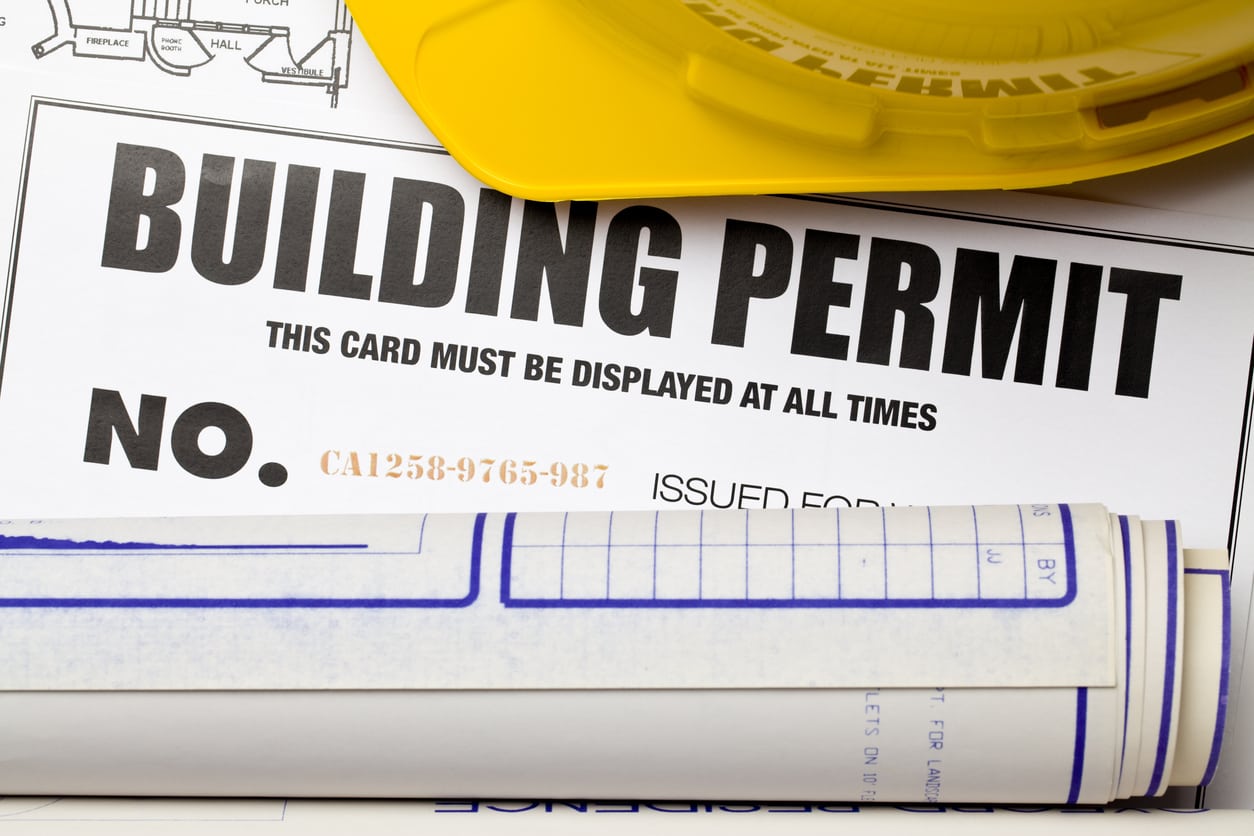
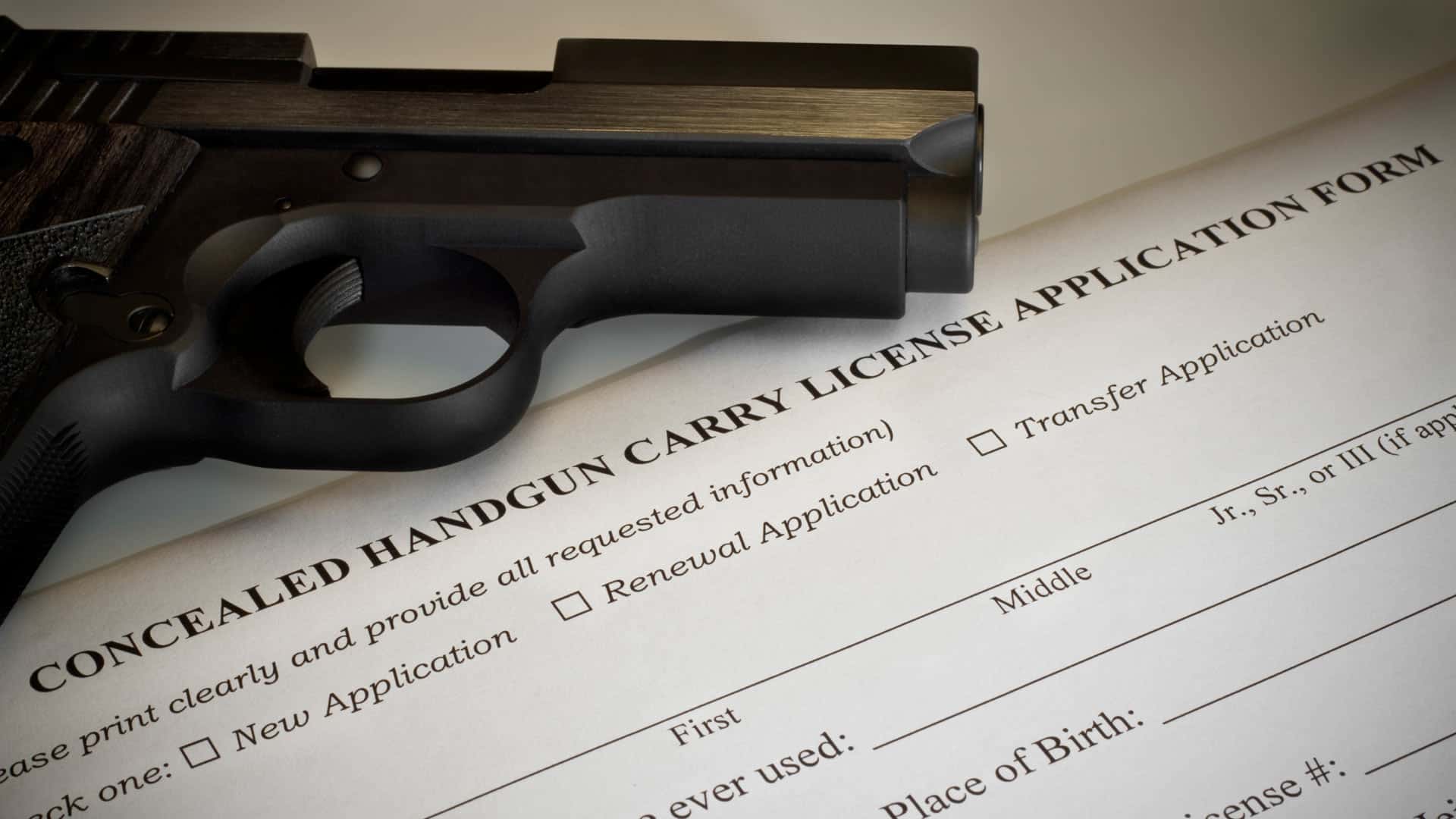
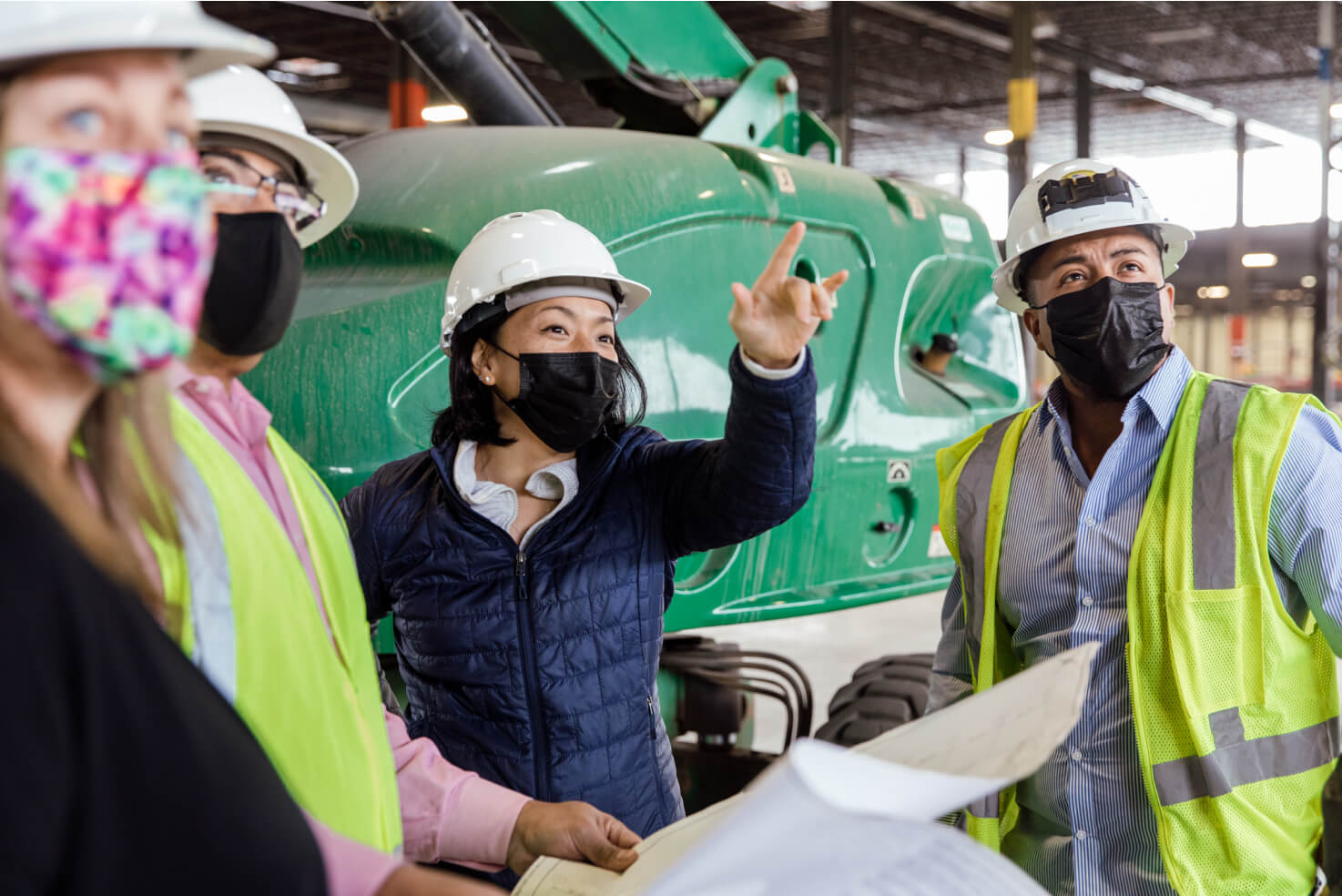

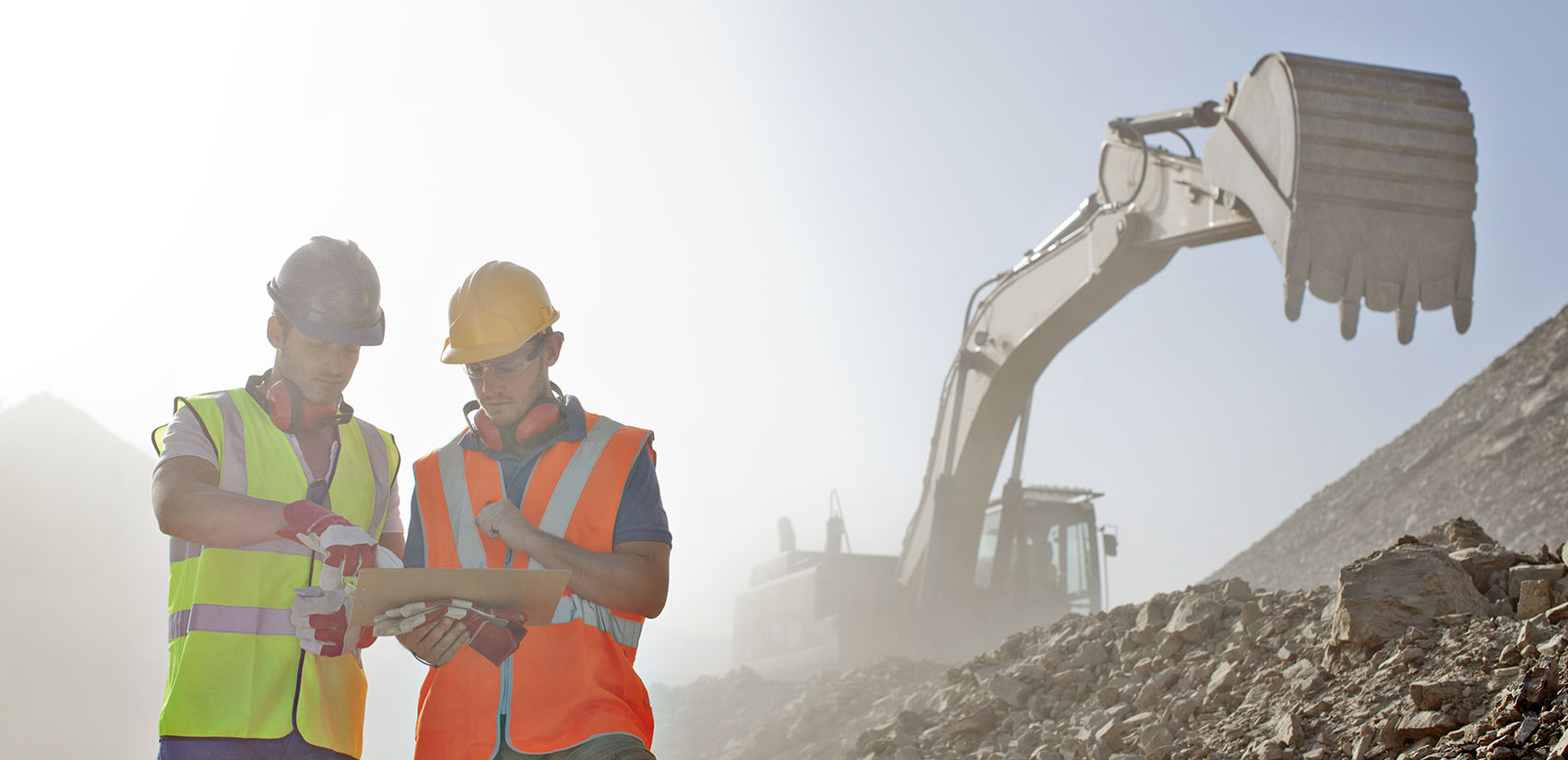
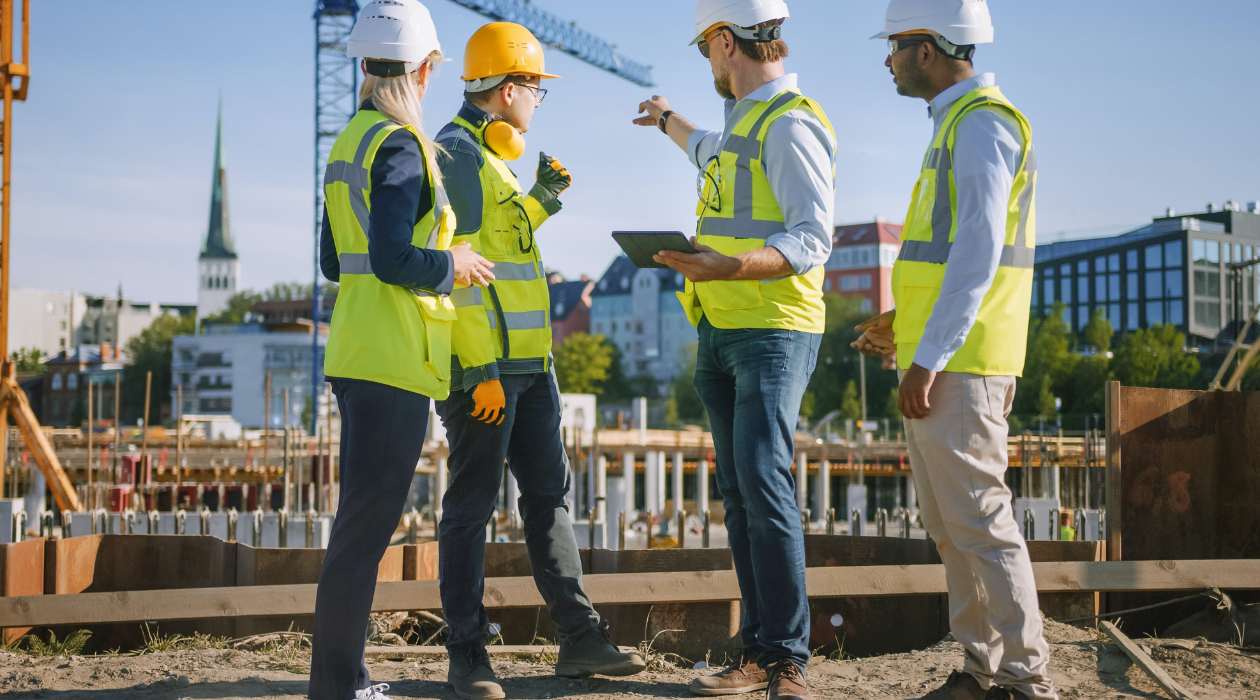


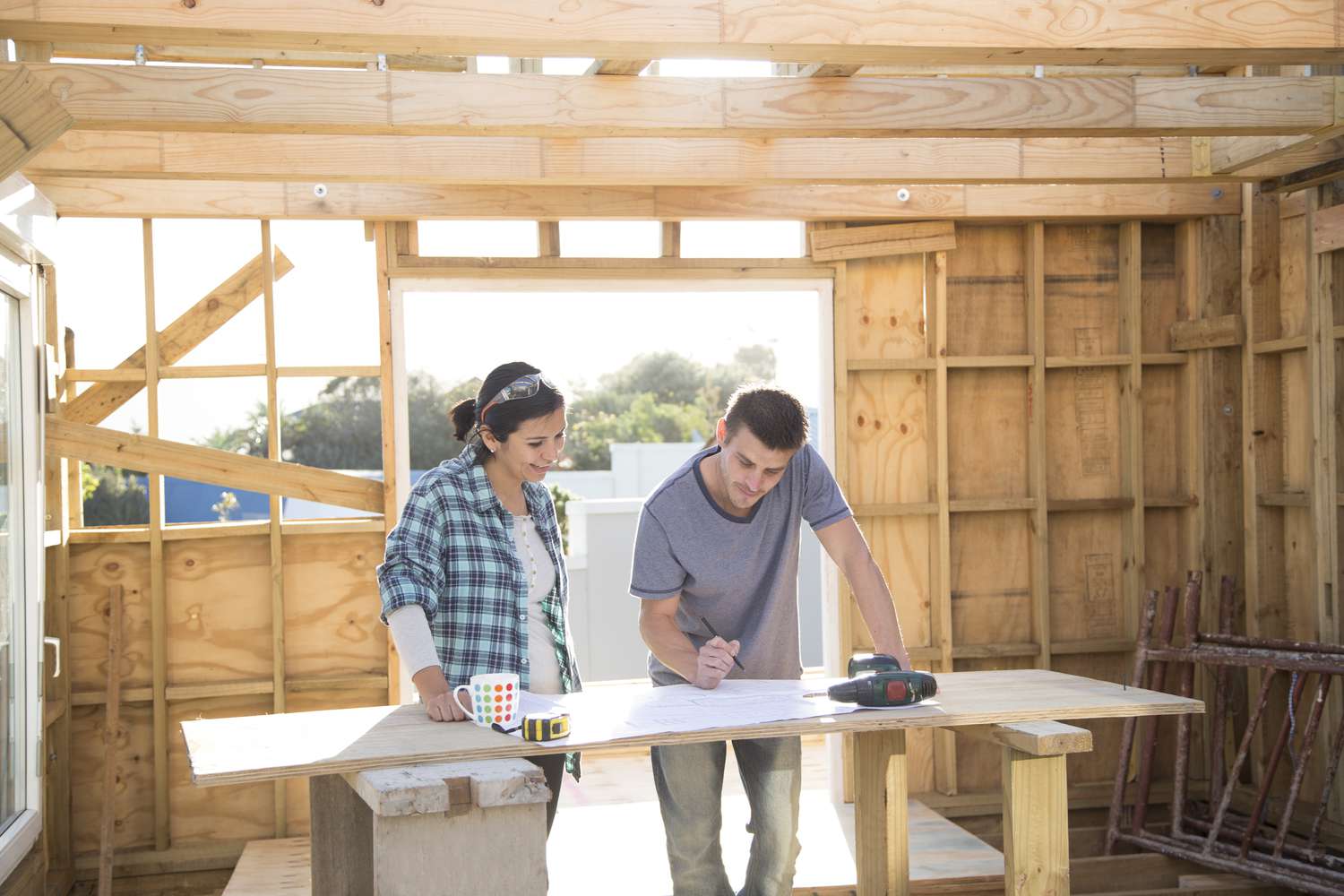
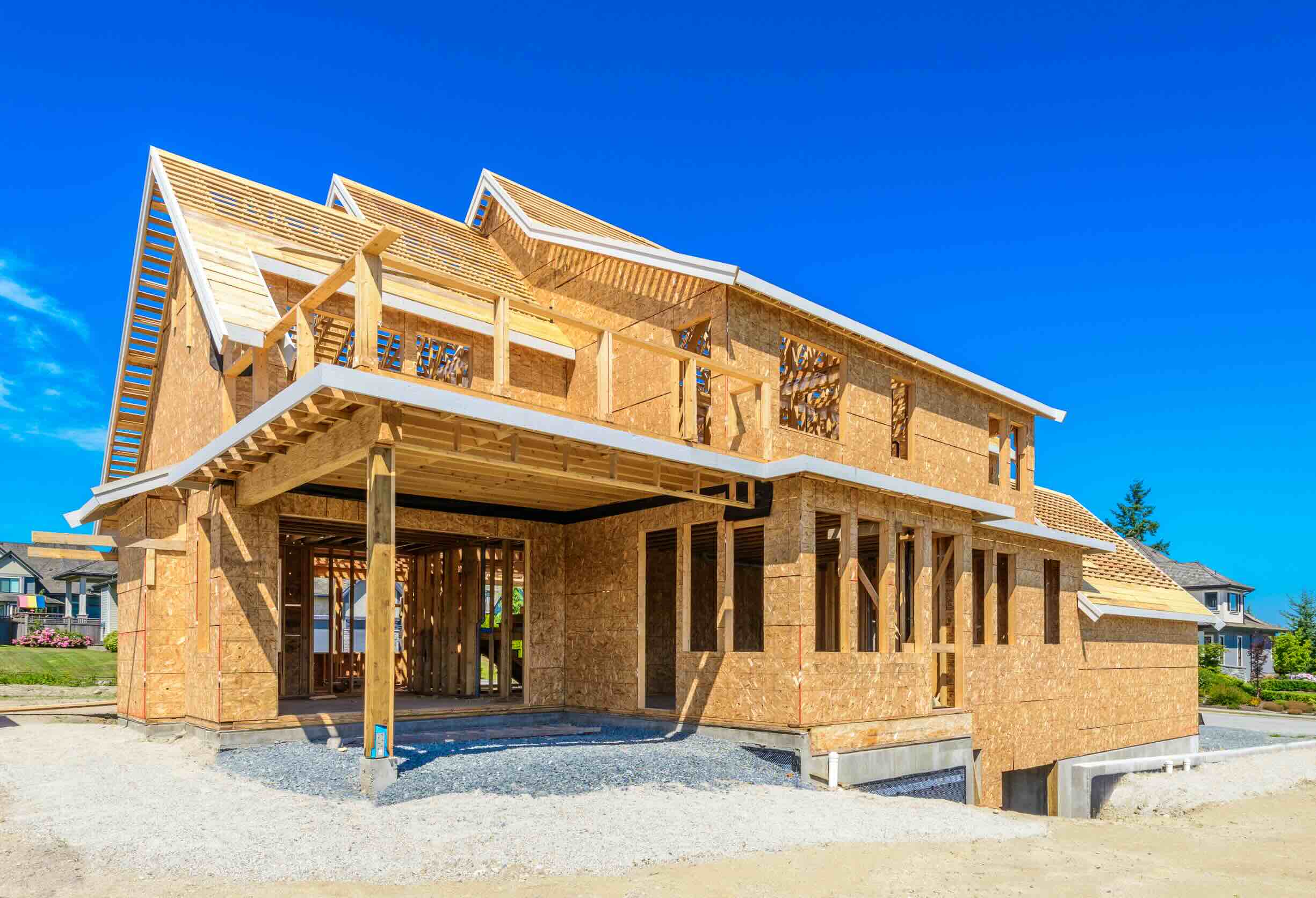

0 thoughts on “How To Get A City Permit For Construction”